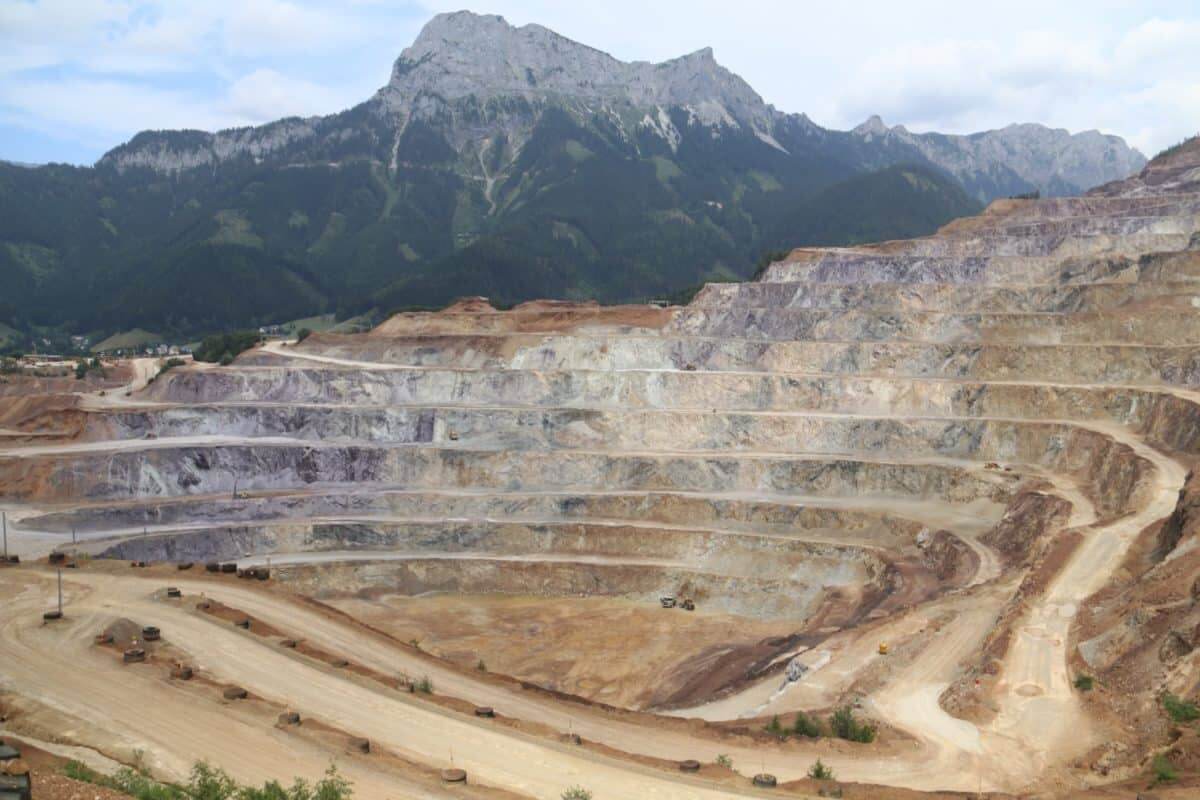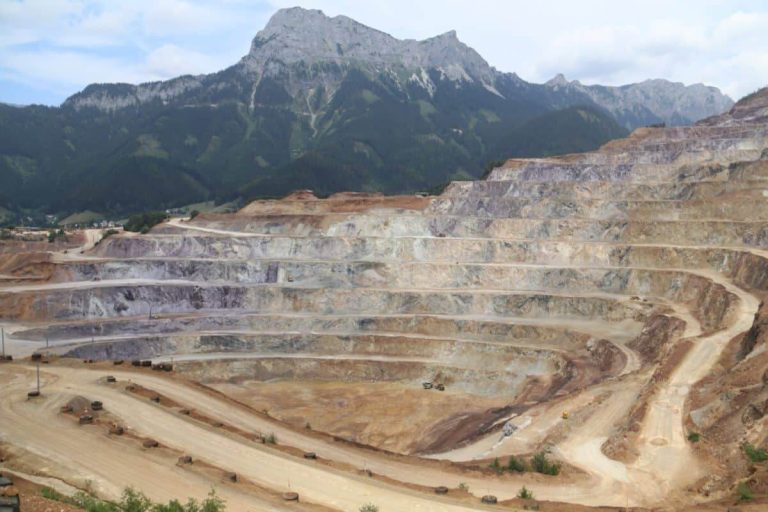
Iron ore hits 10-month low: a perfect storm of weakness
quick look
- Iron ore prices fell to below $100/ton, the lowest level in ten months, due to lower demand in China and increased supply.
- China's real estate crisis is greatly impacting steel demand, contributing to lower prices.
- Global miners and countries like Australia are facing setbacks due to falling prices and high supply.
- Iron ore market recovery looks bleak due to China's ongoing real estate sector issues and declining steel demand.
- The industry may need strategic adjustments to overcome the challenges of weak demand and high supply.
In a stark testament to the fragility of global commodity markets, iron ore prices fell to their lowest level in almost a year, with futures in Singapore falling below $100 a tonne early on Monday. This nearly 4 percent decline signals a turbulent period for the steelmaking component, driven primarily by a decline in construction activity in China and a surge in supply. This article discusses the main factors behind this downturn and the likely future path of iron ore prices.
Construction problems in China
At the heart of the iron ore decline is China's protracted real estate crisis, which continues to take a heavy toll on steel demand. Thus, “the move in iron ore this morning represents a return to fundamentals and fundamentals,” notes Attila Wednell, managing director at Navigate Commodities Pte. Furthermore, a return to the rise in Australian iron ore shipments would exacerbate already rising port-side inventories in China.
Over the past two decades, iron ore's fortunes have been closely intertwined with China's real estate sector. However, this year saw a significant decline, with Singapore futures losing about thirty percent of their value. This contraction is partly due to President Xi Jinping's sweeping reforms aimed at restructuring the economy, which inadvertently affected a vital raw material for the construction industry.
Global impact and supply dynamics
The repercussions of falling iron ore prices extend far beyond China's borders. It affects major global mining companies such as BHP Group Ltd and Vale SA. In addition, this downturn represents a major setback for Australia. The country depends on iron ore for a third of its total revenues from resources and energy exports.
Compounding the problem is a period of abundant supply, highlighted by a notable rise in Australian exports in mid-March. With Chinese port inventories swelling to their highest levels this year at about 142 million tons, the market is facing additional pressure. Blast furnaces in China are also being shut down in response to weak margins and uncertainty about steel demand.
There is no quick fix in sight
Prospects for a rapid recovery in the iron ore market remain bleak, and the decline in China's real estate sector shows little sign of abating, with new home sales from the country's 100 largest real estate companies falling by about forty-six percent in March of the year. -On an annual basis. In addition, the China Iron and Steel Association's warning about a delayed recovery in steel demand further dampens the outlook. With the steel industry PMI reaching a low of 44.2 in March, the lowest level since the previous year, challenges are mounting.
While iron ore prices are going through this turbulent period, stakeholders across the global economy are closely monitoring developments. With no immediate solution to the dual challenges of weak demand, the market may need to brace for continued volatility. However, this situation also represents an opportunity to make strategic adjustments and reshape the industrial landscape in the long term.
The post Iron Ore Hits 10-Month Lows: A Perfect Storm of Weakness appeared first on FinanceBrokerage.

